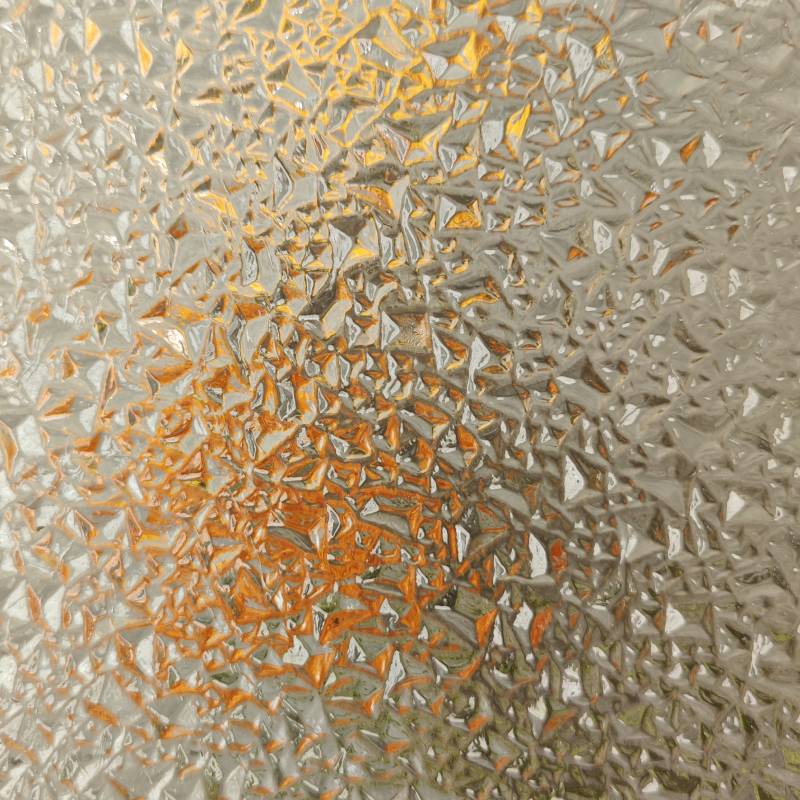

Reflective tempered glass is a remarkable material that marries function with aesthetic appeal, finding applications across various industries, including architecture, automotive, and interior design. Tempered glass, known for its strength and safety, undergoes a special heating and cooling process that increases its durability compared to standard glass. When combined with reflective properties, the result is a versatile material that not only offers structural resilience but also enhances visual dynamics.
One of the primary benefits of reflective tempered glass is its ability to control solar heat gain and reduce glare. In architectural design, buildings often strive for energy efficiency and sustainability. Reflective tempered glass serves this purpose by reflecting significant amounts of solar radiation, thereby lowering the need for artificial cooling systems. This not only contributes to a more comfortable living and working environment but also reduces energy costs and carbon footprints, aligning with contemporary green building practices.
In terms of design, reflective tempered glass provides a striking visual element. Its mirror-like surface can give buildings a modern, sleek appearance, while also allowing for creative plays of light and shadow. This quality makes it a popular choice for prestigious buildings, storefronts, and skyscrapers, fostering an interplay between the structure and its surroundings. Such properties can transform ordinary facades into captivating visual statements that capture the essence of modern architecture.

Moreover, reflective tempered glass is highly versatile
. It can be manufactured in various colors and tints, giving architects and designers the freedom to express their creativity while meeting functional requirements. Whether used in large-scale commercial projects or residential spaces, this glass can be adapted to fit diverse design aesthetics.Safety is another critical aspect of reflective tempered glass. In the event of breakage, tempered glass shatters into small, blunt pieces, reducing the risk of injury. This safety feature makes it an ideal choice for high-rise buildings and environments where glass is frequently exposed to stressors.
In conclusion, reflective tempered glass is a vital component in modern architecture and design, combining durability, energy efficiency, and aesthetic versatility. As the demand for innovative building materials continues to grow, reflective tempered glass stands out as a sustainable solution that reflects both light and modern design principles. Its ability to enhance both safety and style ensures its ongoing popularity in various applications for years to come.